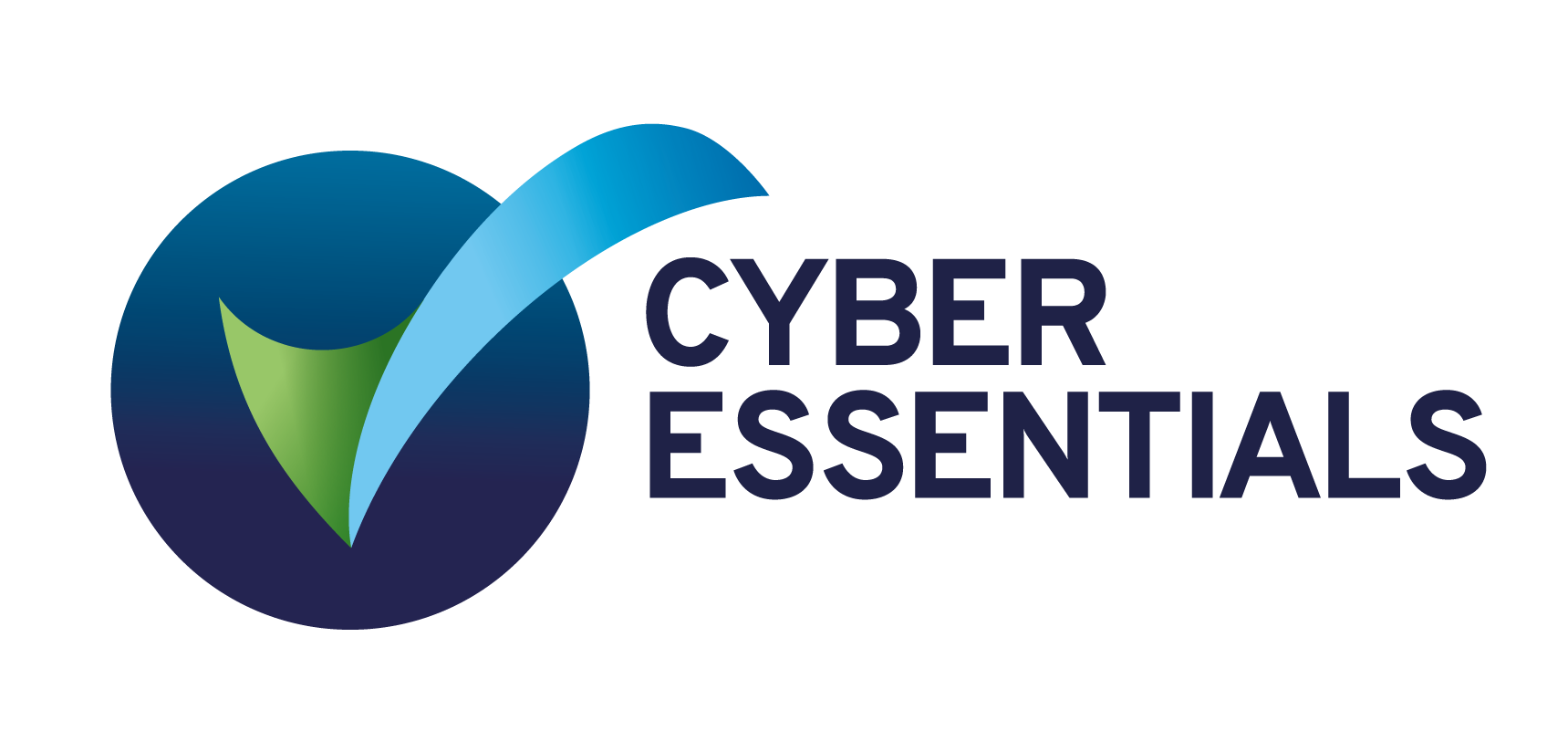Unsupported operating systems will not meet Cyber Essentials or Cyber Essential Plus certification and organisations often feel pressured to upgrade their systems, which could mean significantly increased costs and having to re-engineer applications to run on new platforms.
If you are developing, or have developed your own applications, you need to be able to deploy safely and securely and meet the requirements of Cyber Essentials and Cyber Essentials Plus, this is where our Legacy Application Security solution from Droplet will enable you to meet the requirements without the additional burden and overhead of re-platforming your legacy applications and operating systems.
In April 2023, the NCSC and its Cyber Essentials delivery partner IASME will update the technical requirements for Cyber Essentials. This update is part of a regular review of the scheme’s technical controls, ensuring that it continues to help UK organisations guard against the most common cyber threats.
After a major update last year – the biggest update to the scheme since it was first set up in 2014 – the 2023 update will be lighter touch, providing a number of clarifications, alongside some important new guidance. This includes:
User devices.
With the exception of network devices (such as firewalls and routers), all user devices declared within the scope of the certification only require the make and operating system to be listed. We have removed the requirement for the applicant to list the model of the device. This change will be reflected in the self-assessment question set, rather than the requirements document.
Clarification on firmware.
All firmware is currently included in the definition of ‘software’, and so must be kept up to date and supported. Following feedback that this information can be difficult to find, we are changing this to include just router and firewall firmware.
Third party devices.
More information and a new table that clarify how third-party devices, such as contractor or student devices, should be treated in your application.
Device unlocking.
They have made a change there to mitigate some issues around default settings in devices being unconfigurable (such as the number of unsuccessful login attempts before the device is locked). Where that is the case, it’s now acceptable for applicants to use those default settings.
Malware protection.
Anti-malware software will no longer need to be signature based and they have clarified which mechanism is suitable for different types of devices. Sandboxing is removed as an option.
Zero Trust
New guidance on zero trust architecture for achieving CE and a note on the importance of asset management.
Style and language.
Several language and format changes have been made to make the document easier to read.
Structure updated.
The technical controls have been reordered to align with the updated self-assessment question set.
Cyber Essentials and Cyber Essentials Plus Testing.
The CE+ Illustrative Test Specification document has been updated to align with the requirements changes. The biggest change there is a refreshed set of Malware Protection tests, to simplify the process for both applicants and assessors.
All these changes are based on feedback from assessors and applicants, and have been made in consultation with technical experts from the NCSC. As well as the updated requirements and new question set, IASME are also providing more guidance documents to help applicants during the certification process. This includes articles to help applicants understand the questions, as well as access to a dedicated knowledge base.
This latest update (version 3.1) will take effect from 24 April 2023. This means all applications started on or after this date will use the new requirements and question set.





